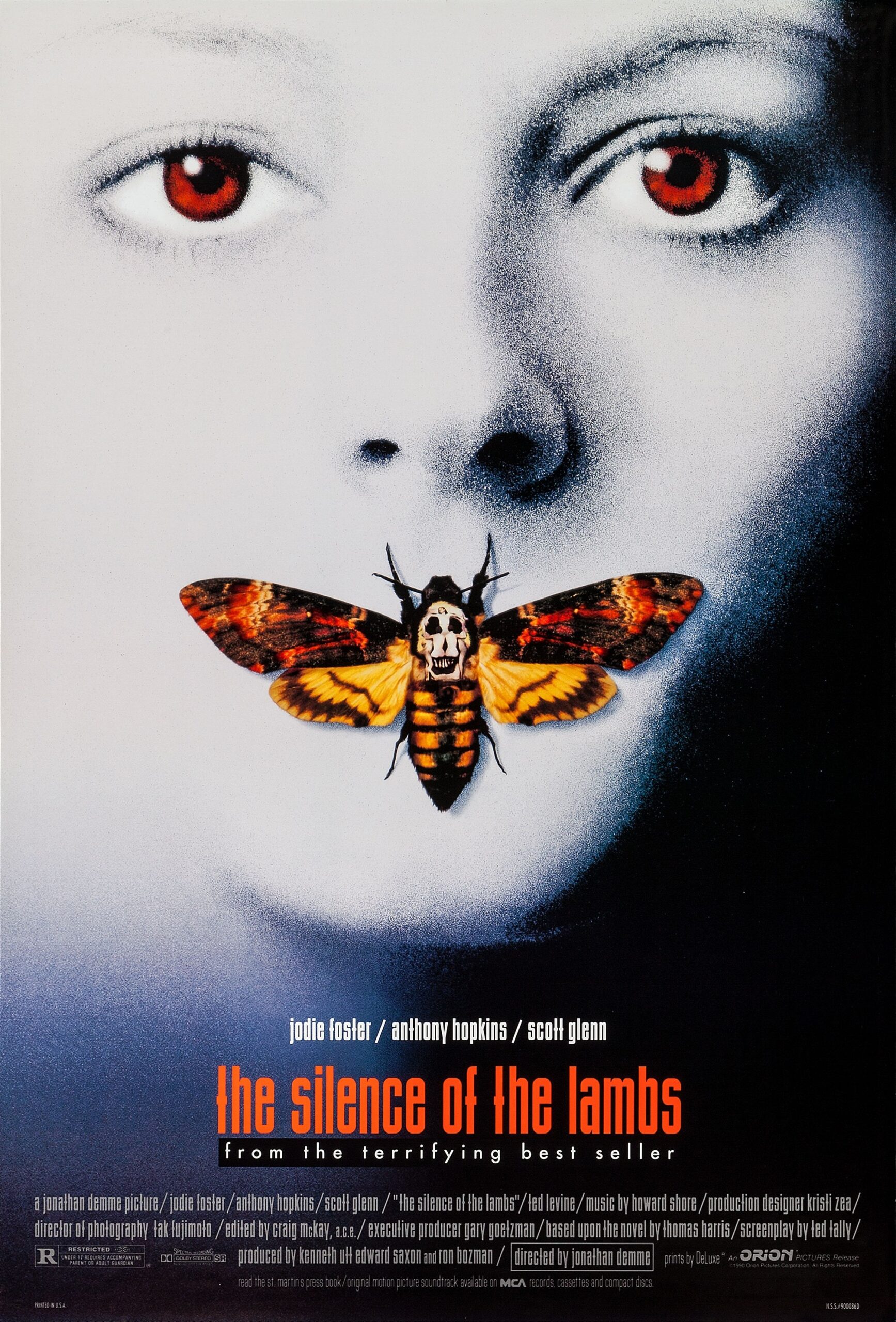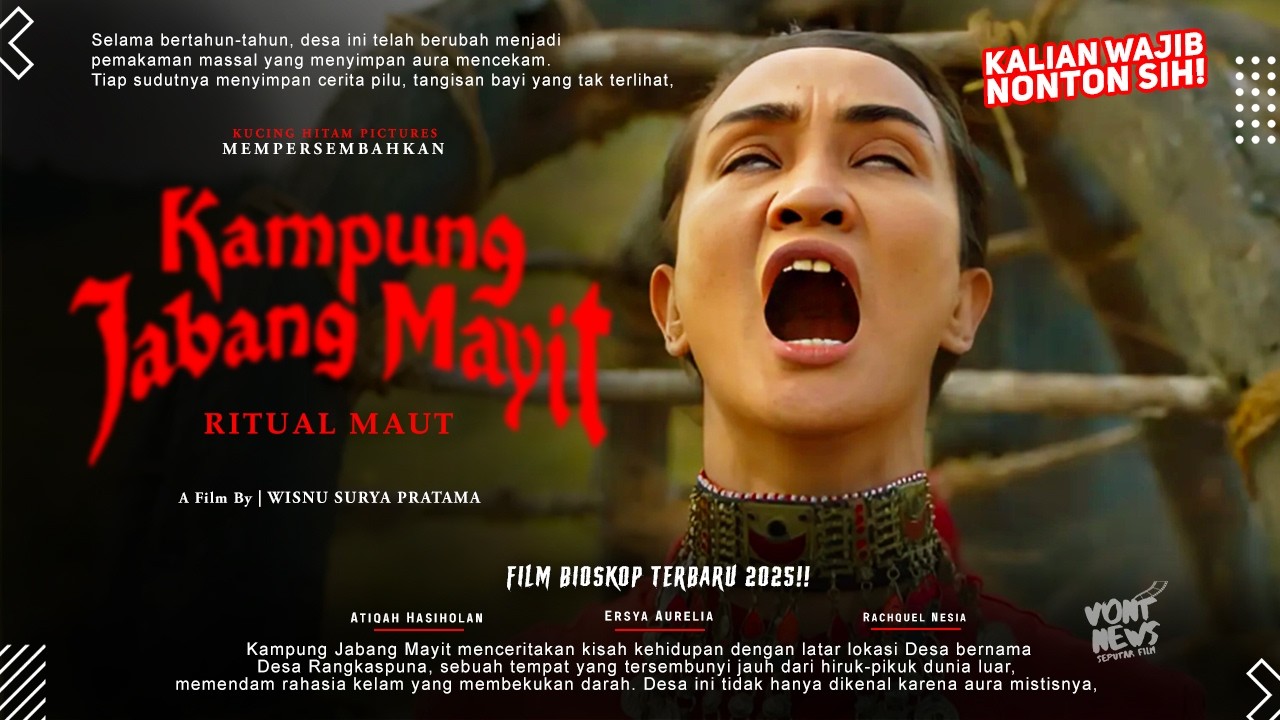INTRO:
Released in 1991, "The Silence of the Lambs" is a psychological thriller film that has left a lasting impact on both the film industry and pop culture. Directed by Jonathan Demme and based on Thomas Harris’ novel of the same name, the movie is widely regarded as one of the greatest films in cinematic history. With its gripping storyline, iconic characters, and superb performances, "The Silence of the Lambs" has earned critical acclaim and numerous awards, solidifying its place as a classic in the thriller genre.
Plot Summary of the Award-Winning Film:
"The Silence of the Lambs" follows the story of Clarice Starling, a young FBI trainee who seeks the help of the incarcerated cannibalistic serial killer, Dr. Hannibal Lecter, to catch another serial killer known as Buffalo Bill. As Clarice delves deeper into the twisted minds of these criminals, she forms a complex relationship with Lecter, who provides cryptic clues that lead her closer to solving the case. The film is a tense and suspenseful journey into the darkest corners of the human psyche, exploring themes of power, manipulation, and the thin line between good and evil.
Iconic Characters in Silence of the Lambs:
One of the most memorable aspects of "The Silence of the Lambs" is its iconic characters, particularly Dr. Hannibal Lecter and Clarice Starling. Anthony Hopkins delivers a chilling and unforgettable performance as the brilliant yet psychopathic Lecter, while Jodie Foster shines as the determined and resourceful Clarice. Their complex dynamic and psychological cat-and-mouse game form the heart of the film, captivating audiences with their nuanced portrayals and compelling interactions.
Psychological Themes Explored in the Movie:
"The Silence of the Lambs" delves deep into the realm of psychology, exploring the minds of both the criminals and the law enforcement officers trying to catch them. The film examines the nature of evil, the power of manipulation, and the impact of trauma on the human psyche. Through the characters of Lecter and Clarice, the movie raises questions about morality, empathy, and the darkness that resides within us all. It is a thought-provoking exploration of the complexities of the human mind and the blurred lines between sanity and madness.
Cinematography and Visuals in Silence of the Lambs:
The cinematography and visuals in "The Silence of the Lambs" are masterfully crafted, creating a dark and atmospheric tone that perfectly complements the film’s psychological themes. From the eerie prison cells of Lecter to the haunting night vision scenes with Buffalo Bill, the movie is visually striking and immersive. Director Jonathan Demme’s use of close-ups and point-of-view shots adds to the tension and suspense, drawing viewers into the twisted world of the characters and their psychological struggles.
Critical Acclaim and Awards Received:
Upon its release, "The Silence of the Lambs" received widespread critical acclaim and went on to win five Academy Awards, including Best Picture, Best Director, Best Actor for Anthony Hopkins, Best Actress for Jodie Foster, and Best Adapted Screenplay. The film was praised for its gripping storyline, stellar performances, and expert direction, cementing its status as a classic in the thriller genre. It has since been hailed as one of the greatest films of all time and continues to be celebrated for its impact on the film industry.
Impact on Pop Culture and Film Industry:
"The Silence of the Lambs" had a significant impact on pop culture and the film industry, influencing numerous psychological thrillers and crime dramas that followed. The movie’s iconic characters, memorable quotes, and chilling atmosphere have become ingrained in popular culture, with references to Hannibal Lecter and Clarice Starling appearing in various media. The success of the film also paved the way for a franchise of sequels, prequels, and spin-offs, further solidifying its place in film history.
Behind-the-Scenes Trivia and Production Details:
During the filming of "The Silence of the Lambs," Anthony Hopkins reportedly scared Jodie Foster on set with his intense portrayal of Hannibal Lecter, leading to genuine reactions in their scenes together. The iconic scene where Lecter delivers his chilling "fava beans and a nice Chianti" line was improvised by Hopkins, adding to the character’s sinister charm. Additionally, the moths featured in the film were real and carefully handled by the crew to create the eerie atmosphere of Buffalo Bill’s lair. These behind-the-scenes details showcase the dedication and creativity that went into bringing the story to life on screen.
Legacy of Silence of the Lambs in Film History:
"The Silence of the Lambs" has left a lasting legacy in film history, inspiring a new wave of psychological thrillers and setting a high standard for the genre. The movie’s complex characters, gripping storyline, and chilling atmosphere have continued to captivate audiences and critics alike, solidifying its place as a classic in cinematic history. Its impact on pop culture and the film industry is undeniable, with its influence still being felt in the decades since its release. "The Silence of the Lambs" remains a timeless and unforgettable masterpiece that continues to thrill and haunt viewers to this day.
Must-Watch Scenes from Silence of the Lambs:
- The iconic introduction of Hannibal Lecter in his prison cell, showcasing Anthony Hopkins’ chilling performance and the character’s eerie presence.
- The intense interrogation scene between Lecter and Clarice, where he delves into her past and reveals his own twisted motivations.
- The climactic showdown with Buffalo Bill in his dark and claustrophobic lair, building tension to a heart-pounding conclusion.
- Clarice’s final confrontation with Lecter, where their complex relationship comes full circle in a haunting and unforgettable exchange.
- The eerie night vision sequence as Clarice navigates Buffalo Bill’s house, creating a sense of dread and suspense that lingers long after the film ends.
- The chilling ending as Lecter escapes and leaves Clarice with a cryptic message, leaving audiences on the edge of their seats and pondering the true nature of evil.




